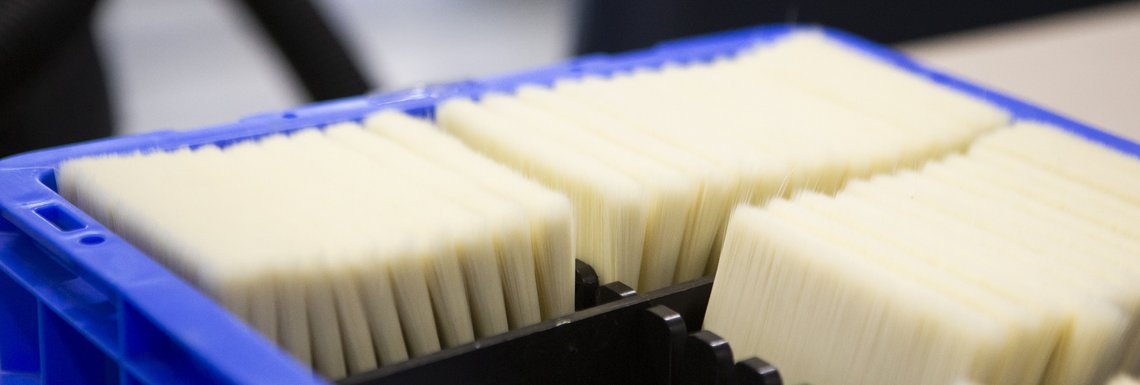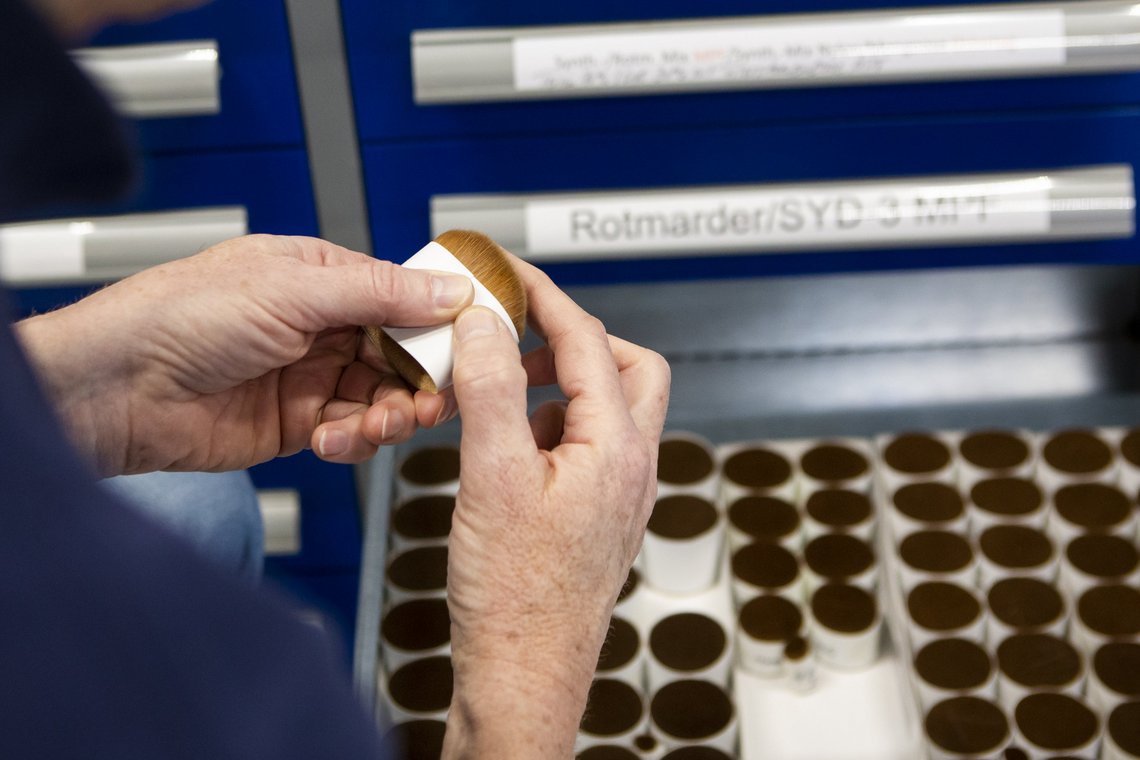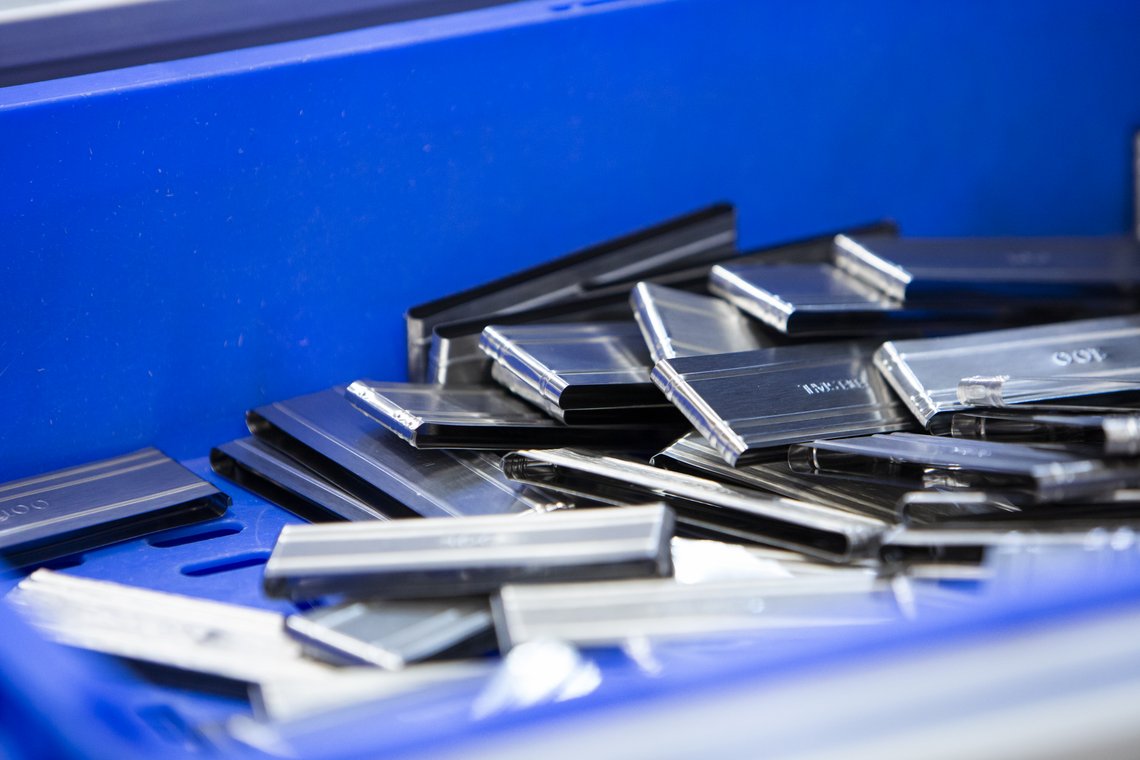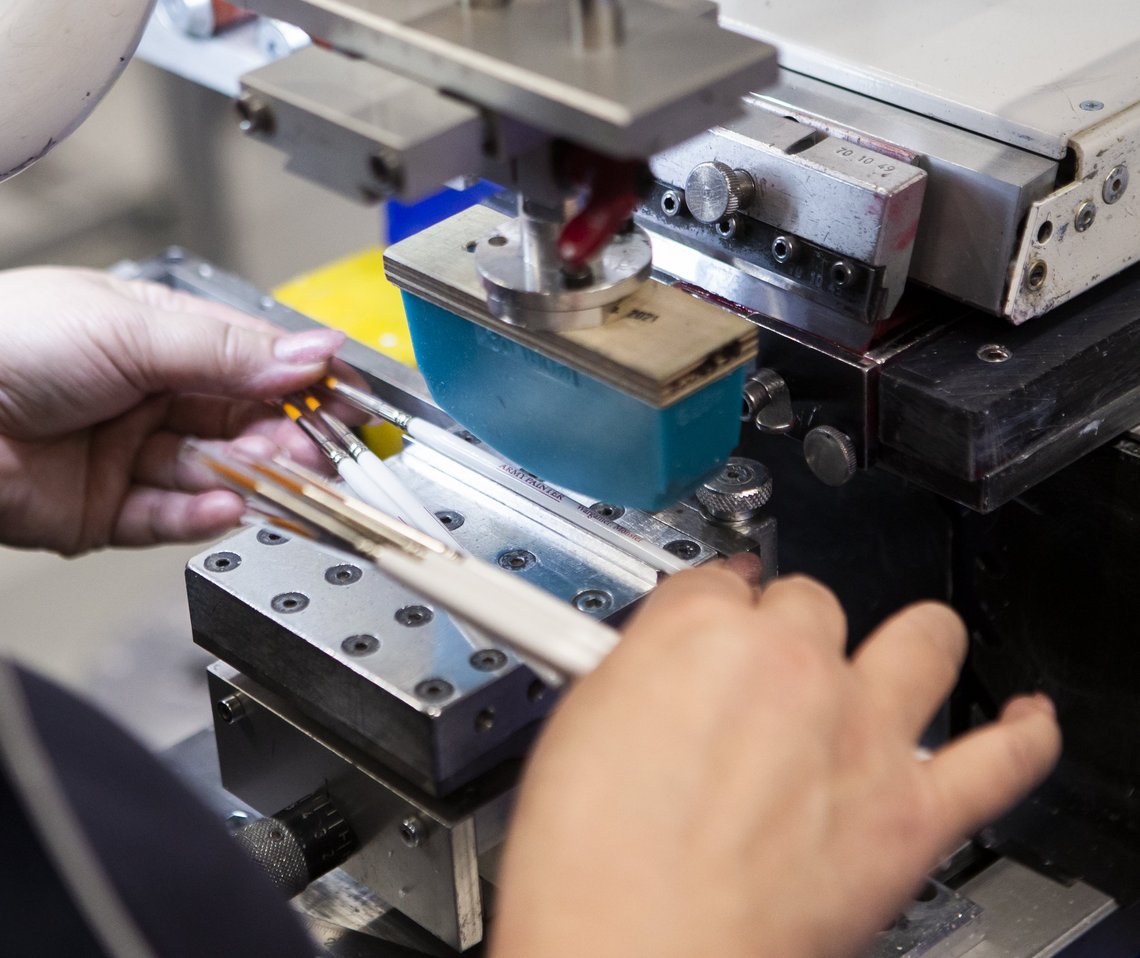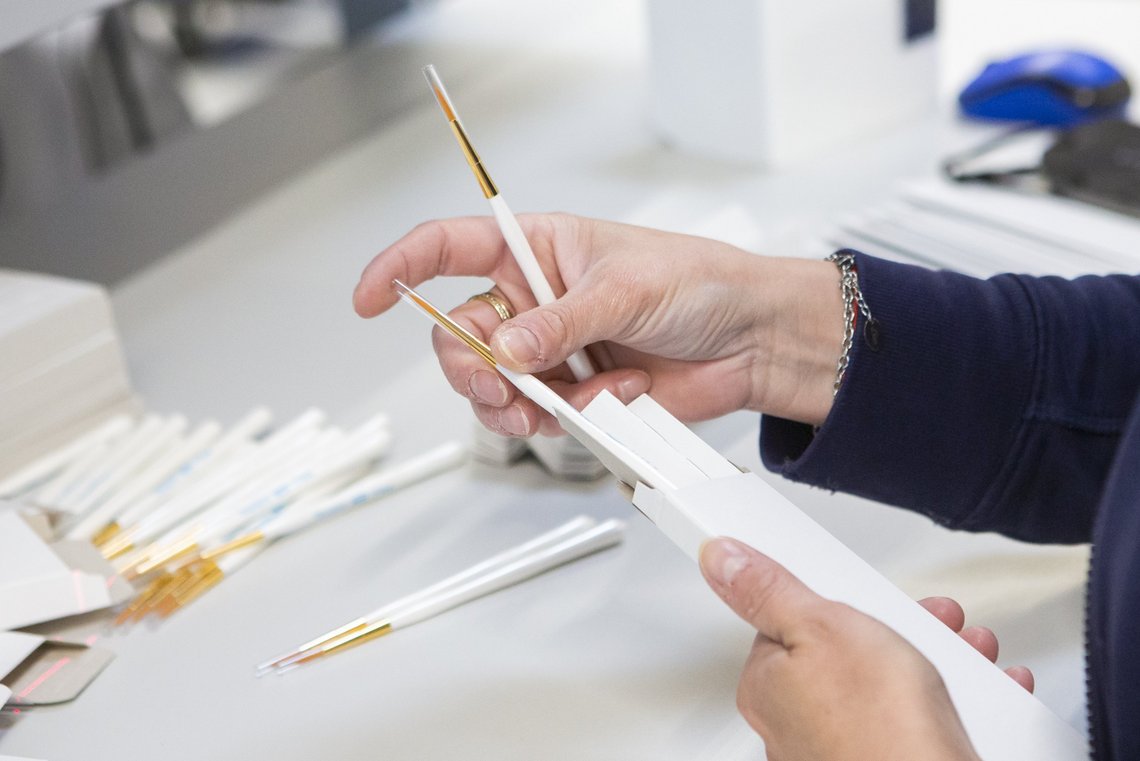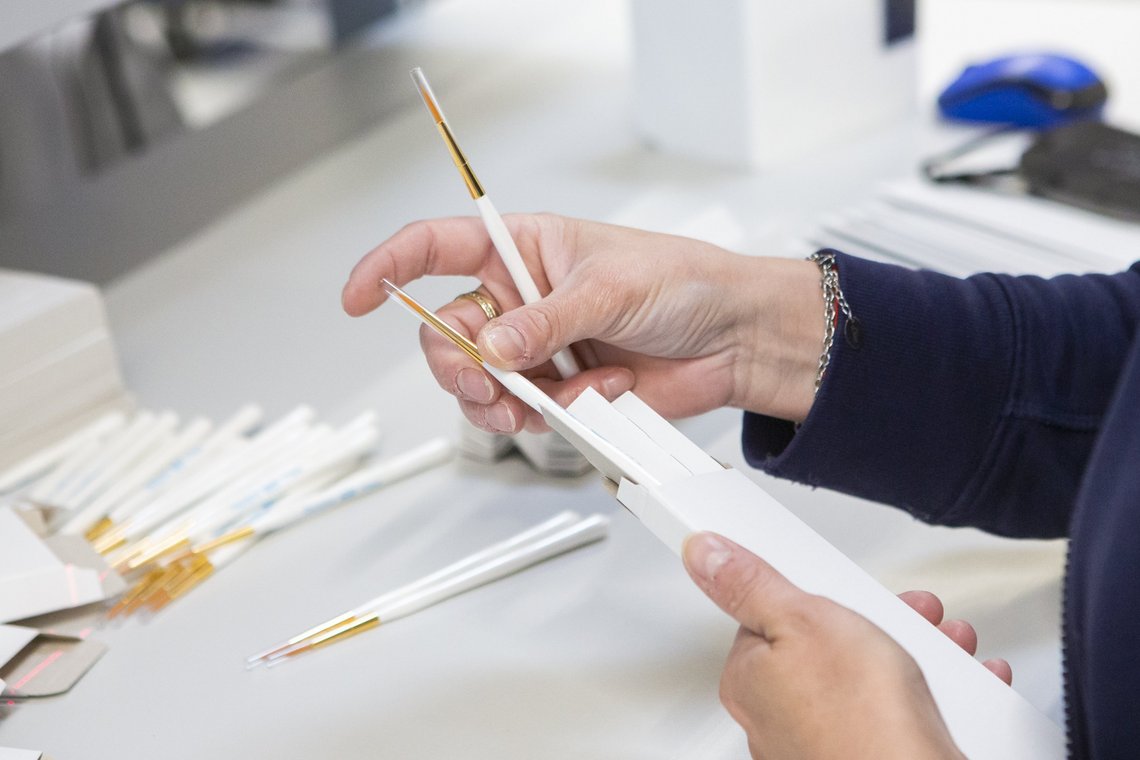-
search....
-
en
Brushes
Artist brushes
Water color brushes
Acrylic brushes
Hobby brushes
Oil paint brushes
Model paint brushes
Cake Decoration Brushes
Cosmetic brushes
Decorative cosmetic brushes
Care cosmetic brushes
Nail Design brushes
Shaving brushes
Brushes for craftsmen
Dental brushes
Technical brushes
Company

